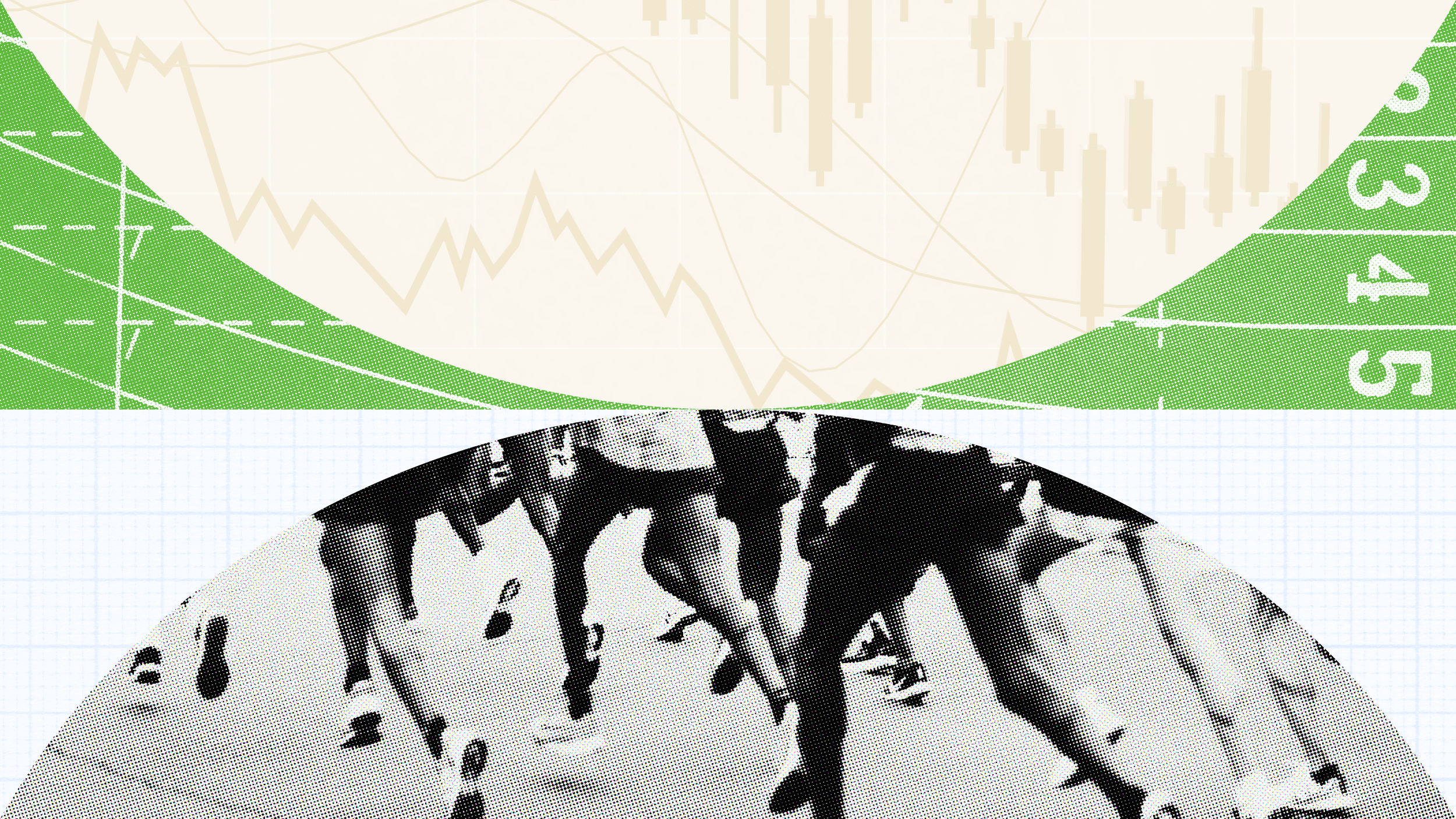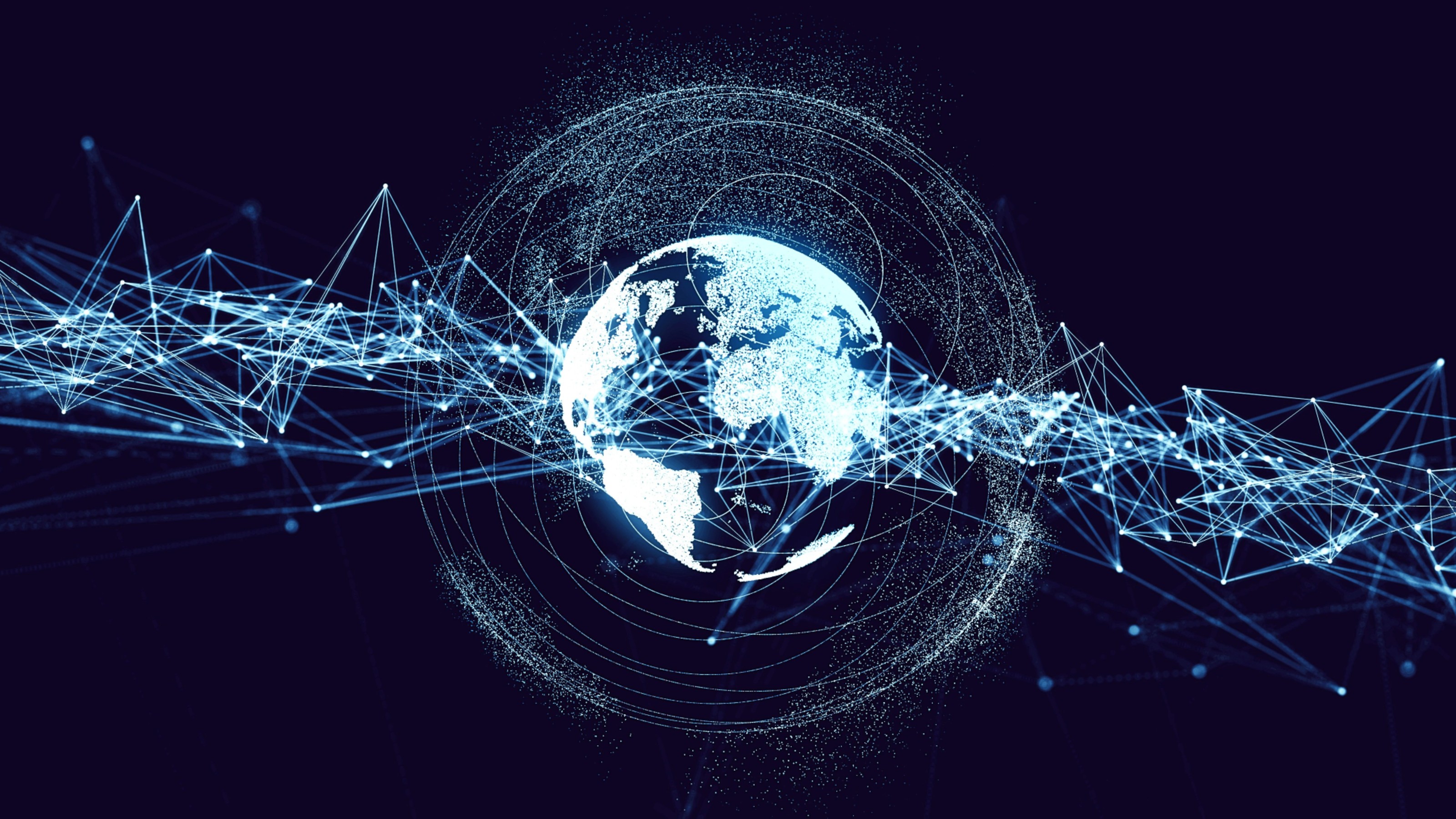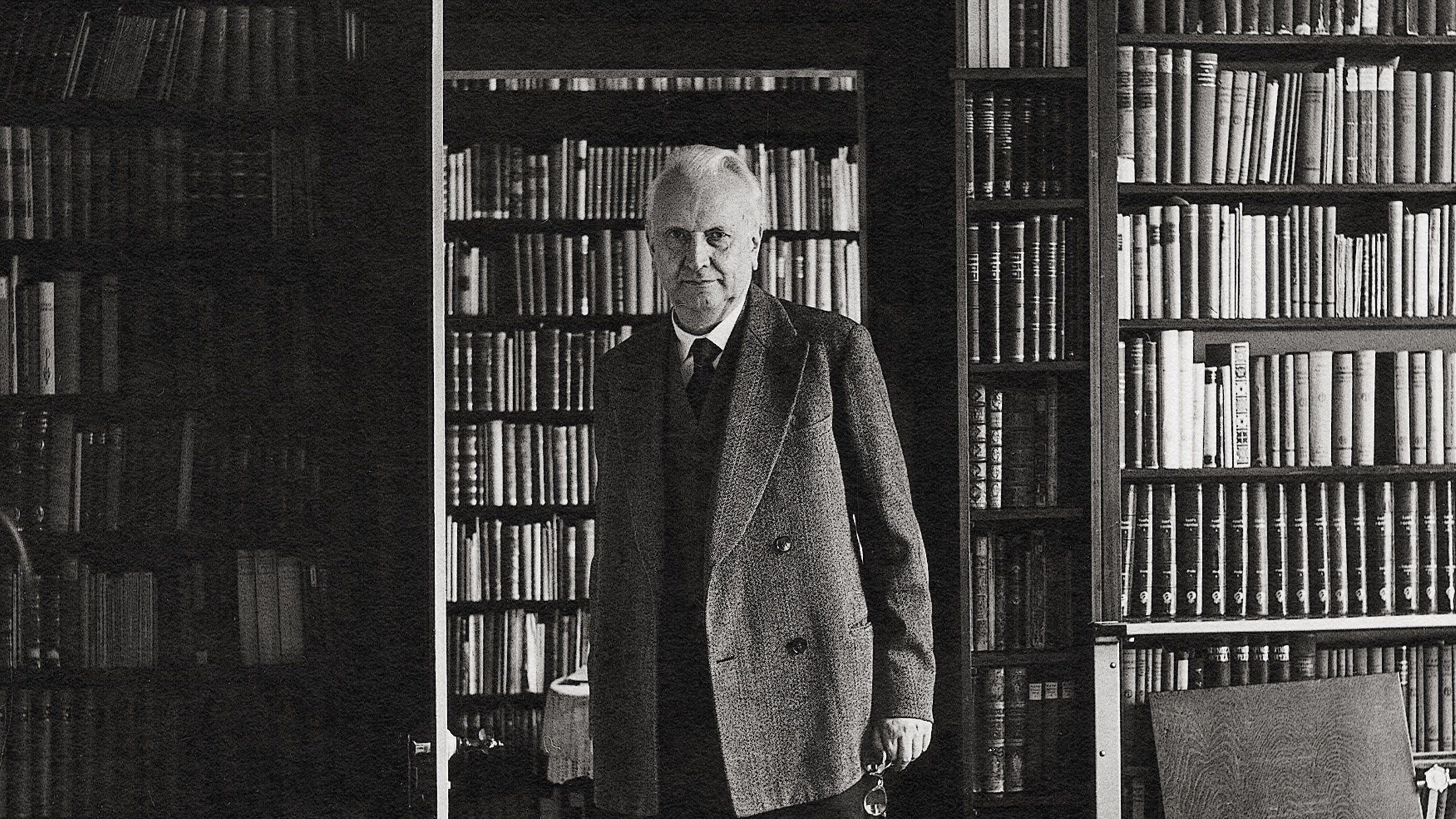A country devoted to manufacturing produces artists that want nothing to do with it.
Melissa Chiu: I think one of the most interesting things to say about Chinese contemporary art is that it really has this 30 year history. And when I talk about it, we . . . we often cite the most important kind of birth date, if you like, as 1979 when _______ declared his open door policy in China, which allowed the opening up of China. Artists in China at that time were allowed to engage with western art history in a way that they hadn’t been able to before. And there are these important moments within Chinese contemporary art that allow us to identify three main phases defined by decades. Mostly throughout the 1980s you saw this kind of frenetic energy and engagement with western ideas. And that is often cited as the kind of most experimental period. And then throughout the 1990s after Tieneman on June 4, 1989, we saw a restriction of activities that artists were able to stage. They were shut out of galleries . . . any galleries and museums. They couldn’t show their work in the public sphere. And during this decade we also saw the internationalization of Chinese contemporary art; that on the one had Chinese artists were prevented from showing their work inside China; but around the time of the mid-1990s, there was much curatorial interest, especially in Europe and places like Australia. And there were many international opportunities for Chinese artists to show their work outside. And then of course, everything changed in 2000. There was a real opening up of China. And the Chinese government itself had a different kind of relationship with experimental artists. They decided that it was okay for Chinese artists to show their work in museums. And we have since seen the Chinese government take on experimental artists at, you know, kind of national representation such as at the ______ premier . . . kind of a contemporary art event that happens every two years in Venice.
Question: What impact has China’s opening had on the country’s art world?
Melissa Chiu: I’m not sure that it’s had a direct impact other than artists being able to show their work. I think that what has happened is that there is less of an inclination, I think now, to . . . to . . . for artists to produce works that directly critique famous political figures like Mao. We’re seeing a younger generation take a kind of different approach to creating the works that they do; but it’s very hard to generalize in the kind of . . . and identify a tangible trend since . . . since 2000. In fact, you might say that since 2000, you’ve . . . it’s much more difficult to categorize the Chinese art world in terms of movements. We’ve seen a real opening up all across the country towards different types of art being produced, different groups of artists, different . . . different kinds of exhibitions __________.





